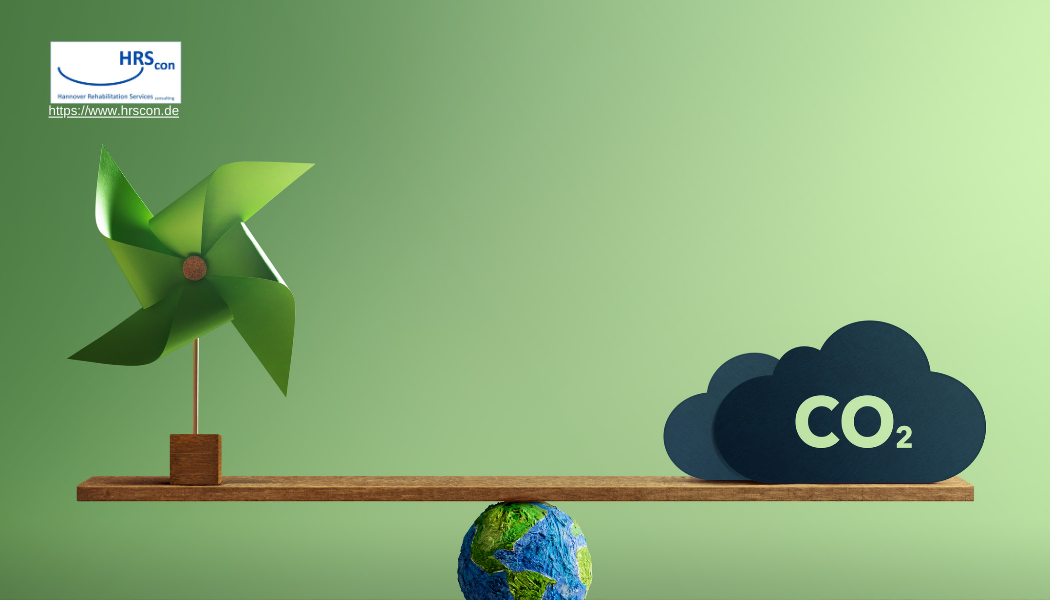Lithuania is rapidly adapting its energy policies to tackle climate change, reduce greenhouse gas (GHG) emissions, and align with global Sustainable Development Goals (SDGs). A recent comprehensive review outlines Lithuania’s efforts to integrate renewable energy, improve energy efficiency, and ensure energy security. These actions are critical as the country transitions from fossil fuels to a greener, more sustainable energy system.
Climate Challenges in Lithuania
Situated along the Baltic Sea, Lithuania faces rising temperatures, increasing energy demands, and a reliance on imported fossil fuels. Over the past few decades, climate change has significantly altered the region, with milder winters and more frequent heatwaves. These changes have underscored the need for an urgent transition to sustainable energy practices.
Renewable Energy at the Forefront
Lithuania has set ambitious renewable energy targets under the National Energy Independence Strategy (NEIS) and the European Union’s climate directives. By 2030, the goal is to ensure 45% of total energy consumption comes from renewable sources, with an increase to 80% by 2050. This transformation is driven by expanding wind energy and biofuels infrastructure, which are expected to power 50% of electricity needs by mid-century.
In recent years, Lithuania’s renewable energy consumption has risen sharply, particularly in wind and biomass sectors. Studies show that this transition contributes significantly to economic growth, energy independence, and reduced emissions.
Energy Efficiency Initiatives
Improving energy efficiency is another cornerstone of Lithuania’s energy strategy. Old infrastructure, such as pre-1990s apartment buildings, accounts for a significant share of energy waste. Policy measures like renovating buildings, promoting the use of nearly zero-energy buildings (nZEBs), and encouraging behavioral changes among residents aim to address this inefficiency.
Programs like public campaigns and energy audits are critical to educating citizens about energy-efficient technologies. However, gaps in public awareness and underdeveloped financing mechanisms hinder progress.
Addressing Energy Security
Lithuania’s historical reliance on Russian fossil fuels has long raised concerns over energy security. The illegal invasion of Ukraine in 2022 further intensified this issue. To address these risks, Lithuania is investing in renewable energy projects, strengthening infrastructure, and integrating into the European power grid.
The Klaipėda Liquefied Natural Gas (LNG) terminal has been pivotal in diversifying energy sources and reducing dependency on imported gas. Additionally, regional collaborations with EU member states enhance resilience and foster sustainable energy development.
Aligning with Sustainable Development Goals
Lithuania’s energy policies closely align with key SDGs, including:
- SDG 7 (Affordable and Clean Energy): Expanding access to renewable energy and reducing energy poverty.
- SDG 13 (Climate Action): Implementing strategies to mitigate climate change impacts through reduced GHG emissions.
- SDG 11 (Sustainable Cities and Communities): Promoting energy-efficient infrastructure in urban areas.
- SDG 9 (Industry, Innovation, and Infrastructure): Integrating technological advancements into energy systems.
Challenges to Overcome
Despite significant progress, several barriers remain:
- Economic Constraints: High costs of renewable energy technologies and energy-efficient retrofits limit widespread adoption.
- Policy Gaps: A lack of coherence between national and municipal energy policies leads to inefficiencies.
- Public Awareness: Limited understanding of energy-saving practices among citizens slows behavioral change.
Future Directions
To accelerate progress, Lithuania must focus on:
- Increasing Public Engagement: Launching robust educational campaigns to promote awareness of renewable energy and efficiency practices.
- Investing in Technology: Adopting smart grids, advanced storage systems, and other innovations to modernize the energy infrastructure.
- Enhancing Financial Mechanisms: Providing subsidies and low-interest loans to support renewable energy adoption and building retrofits.
Conclusion
Lithuania’s energy transition is a testament to the country’s commitment to combating climate change and ensuring energy security. By prioritizing renewable energy, improving efficiency, and addressing energy dependency, Lithuania not only aligns with global SDGs but also creates a sustainable and resilient energy future for its citizens.
Health Blog: Nutrition & LIfe Style; Mental Health; Rehabilitation Medicine; Balneology; Other Health topic
Non-Health Blog: Social Sciences & Humanities; Engineering & Technology; Natural Sciences; Agricultural Sciences




